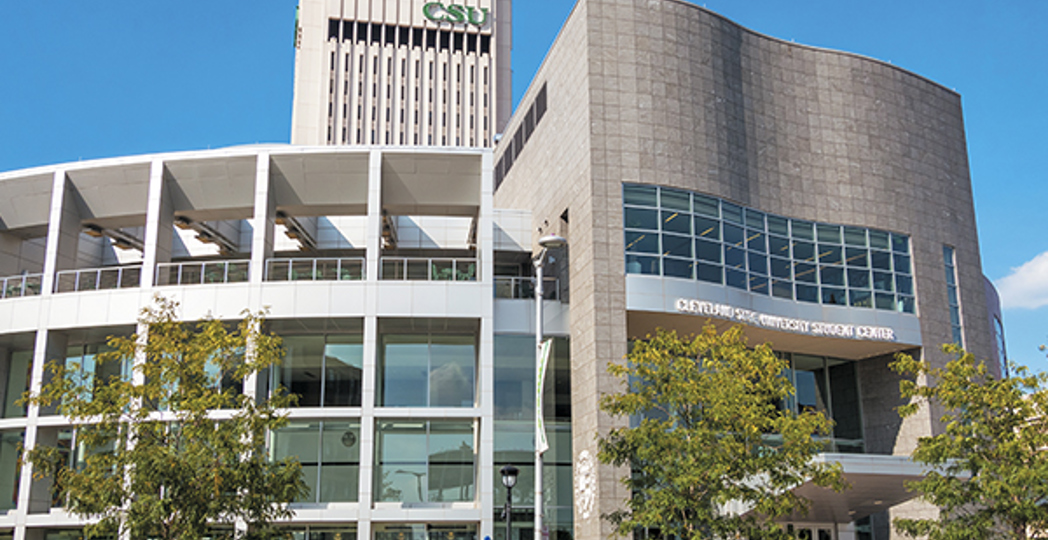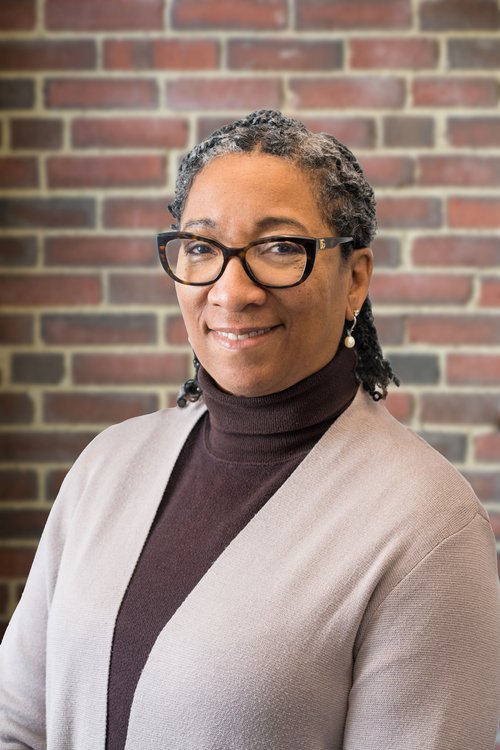Cleveland State Helps Build Talent Dividend
by Lee Fisher | May. 1, 2021 | 4:00 AM

What is the secret sauce to a city’s, region’s or state’s economic success?
Surprisingly, the answer is remarkably clear. Among most economists, it’s not in dispute. The clear answer is the link between educational attainment, talent and workforce development. At CEOs for Cities, the national organization I led for six years, we called it the Talent Dividend.
Our research showed that 64% of a city’s or region’s economic success, as measured by the single most important metric of economic growth — per capita income — can be attributed to the percentage of the adult population with a two-year or four-year college degree. Each percentage point increase in degree attainment in Northeast Ohio has a positive $3 billion increase in the per capita income for the region.
But wait, there’s more. A post-secondary degree is the tide that lifts all boats. Cities with higher levels of education not only have higher incomes, but also faster rates of income growth. Research also showed that a region’s highest-educated workers are more likely not only to get jobs but to create them.
That’s why I’m so excited to see Cleveland State University (CSU), under the leadership of President Harlan Sands, playing a vital leadership role in this effort. Gov. Mike DeWine, Sands and other Cleveland health care leaders recently announced an exciting Jobs Ohio partnership linking and leveraging Cleveland’s distinctive health care, research and higher education assets. The consortium, consisting of five key anchor institutions (CSU, Case Western Reserve University, Cleveland Clinic, University Hospitals and MetroHealth) represents a $565 million effort focused on research, training and talent development in post-pandemic urban health care, emerging technologies, life sciences, data-intensive fields, emerging biological threats and epidemiology.
CSU is the lead public higher education partner and will build a talent pipeline for recruiting and educating students for the newly formed Cleveland Innovation District. The university will create a higher education pathway initiative to double the number of graduates in 19 STEM fields, growing enrollments by 1,500 students. CSU has established an impressive goal of 20,000 total enrollments by 2025, which is an increase of 4,500 students.
The great paradox of globalization is that local has never been more important. When Tom Friedman wrote, “The World is Flat,” many instantly declared that distance was dead and it no longer mattered where you lived or worked. But geography matters more than ever, and the new geography of innovation is innovation districts.
What is an innovation district? It’s where there are clearly defined clusters and hubs of innovation and opportunity where anchor knowledge centers — colleges, universities and hospitals — partner with adjacent large and small companies and start up incubators. That means if you lose your job, you don’t lose your parking space because the brain hubs create and attract so many jobs. And employers’ short- and long-term workforce needs are met by those who supply customized training and education.
In innovation, a company’s success depends on more than just the quality of its workers. It depends on the critical mass of the entire ecosystem that surrounds it. When you have a brain hub there is something called a knowledge spillover.
It’s well-known that college graduates make more than high school graduates, but what is far less known or understood is that college graduates in brain hubs, where there are concentrated geographic clusters of companies and knowledge centers, make 50% more than college graduates who work in areas without such innovation clusters. The same is true for unskilled workers. In other words, brain hubs pay higher average salaries to unskilled and lower-skilled workers too.
As Enrico Moretti notes in “The New Geography of Jobs,” a worker’s education has an effect not just on her own salary, but also on the entire community around her. In a sense, your neighbor’s education affects your salary. That is why the Cleveland Innovation District can be a new hub of innovation and opportunity that creates a rising tide, lifting all our region’s boats.
Seventy percent of college students get their first job in the state in which they go to school. Once they start work in another state, they may never return home. So the implications for Northeast Ohio’s talent, retention and attraction efforts are enormous.
At a time when cities and metro regions have become the economic engines of the nation and the most valuable currencies of the new economy are knowledge and ideas, earning the Talent Dividend never has been more important.
Cleveland State University is our region’s Talent Dividend.
Lee Fisher is dean of Cleveland-Marshall College of Law at Cleveland State University. He is the former Ohio attorney general, lieutenant governor, director of the Ohio Department of Development, chair of the Ohio Third Frontier Commission, president and CEO of the Center for Families and Children, president and CEO of CEOs for Cities, state representative and state senator.
Trending
-
1
-
2
-
3
-
4
-
5










